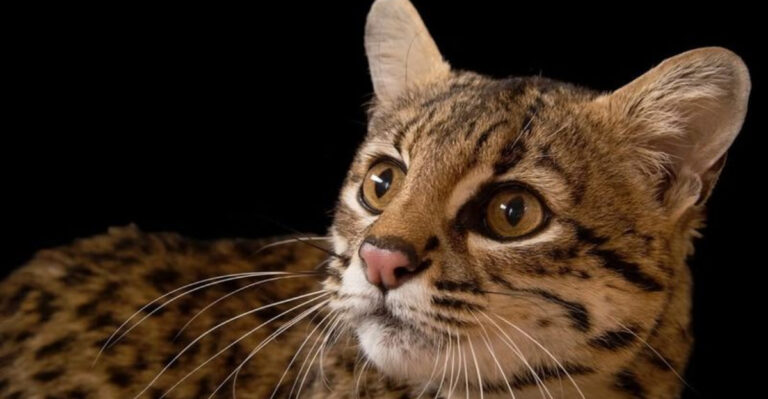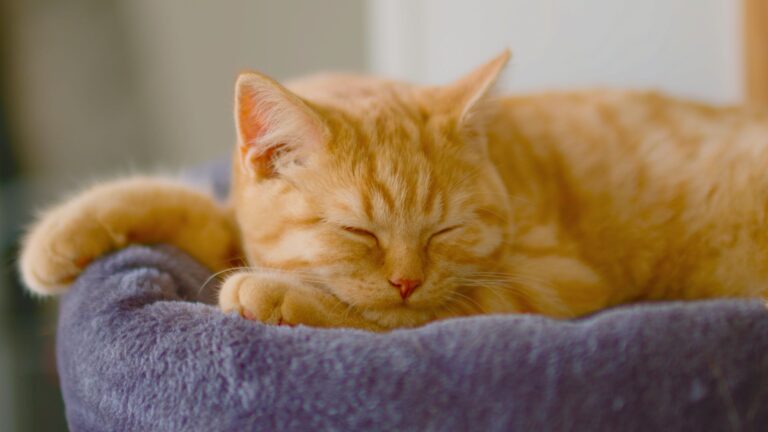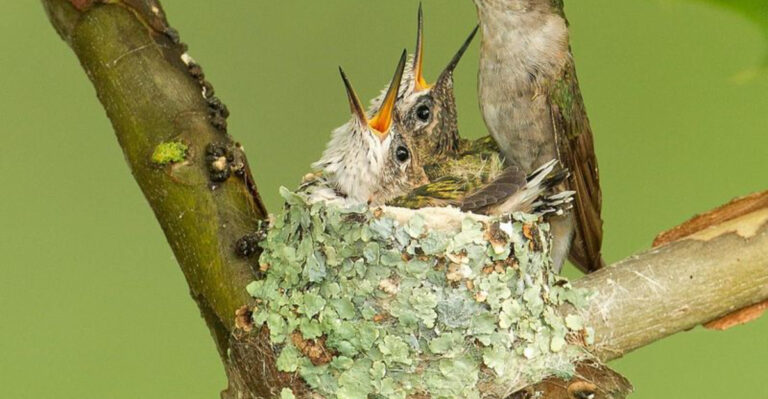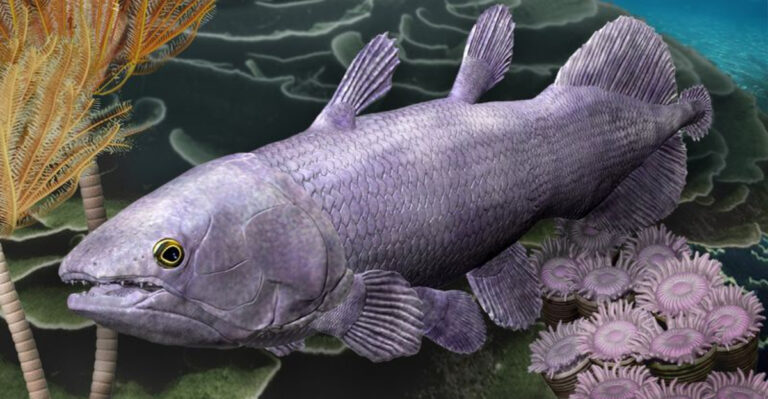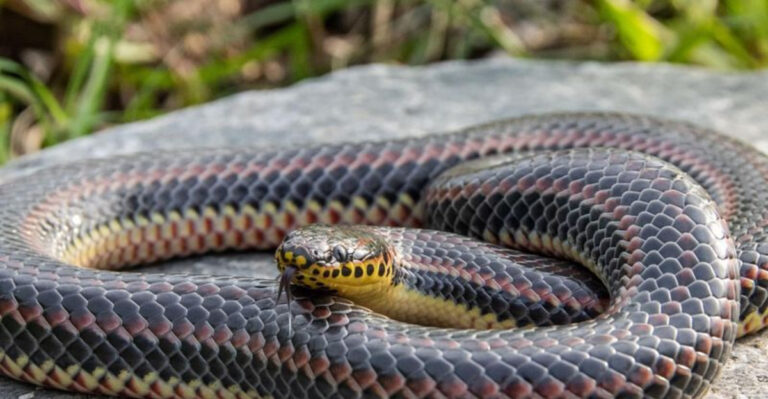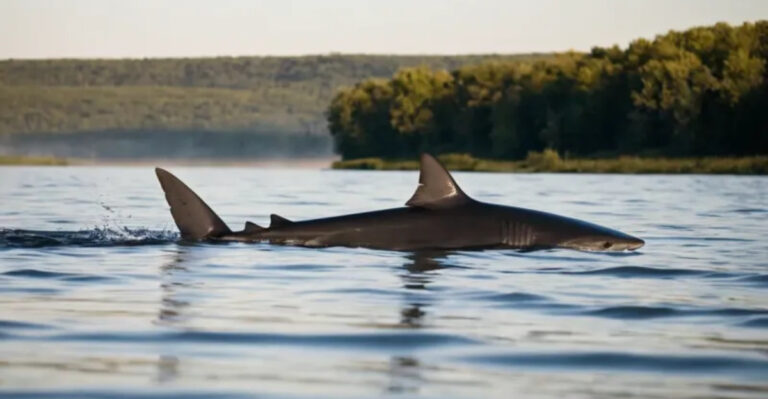This Bird’s Shocking Extinction Could Be A Warning For The Rest Of Us
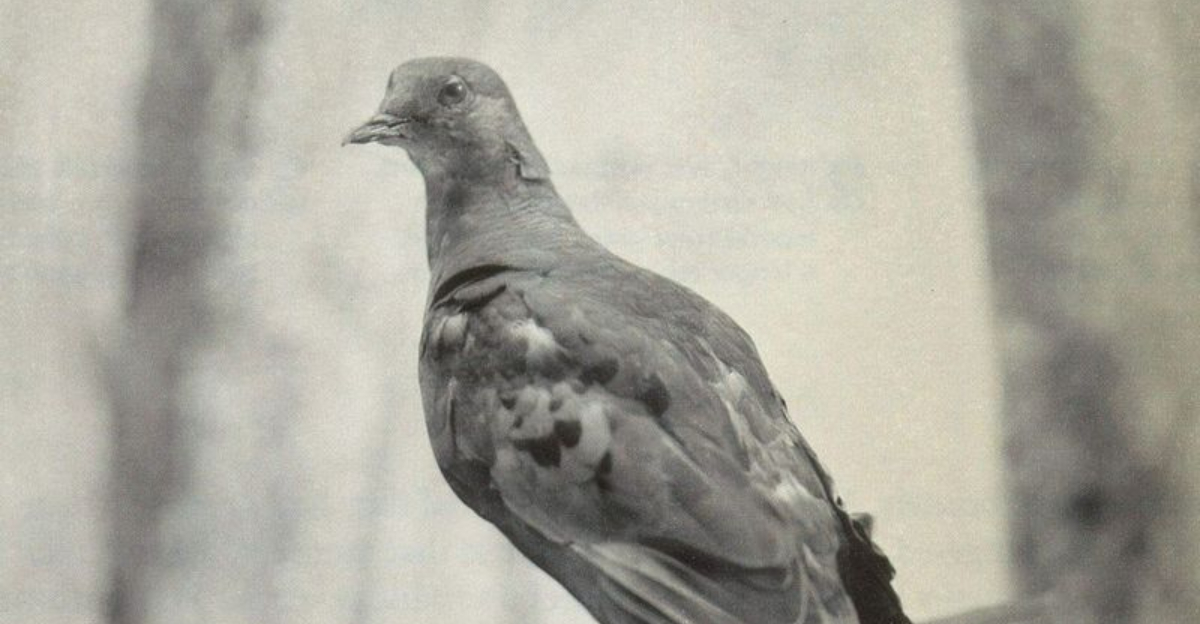
Once darkening the skies of North America, the passenger pigeon vanished forever in 1914, despite once being the most abundant bird on Earth.
Their journey from billions to zero happened in just a few decades, showing how quickly even the most common species can disappear. The passenger pigeon’s story isn’t just history – it’s a powerful warning about what could happen to other species if we don’t change our ways.
1. They Were Once The Most Numerous Bird On Earth
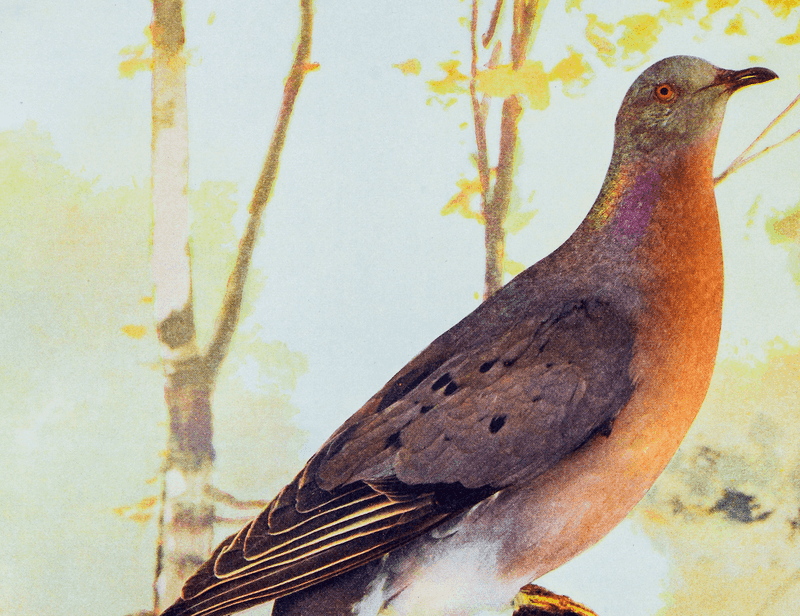
Flocks of passenger pigeons would blacken the skies for days at a time. When these massive bird armies flew overhead, the sun would disappear completely, turning day into night.
Witnesses described the sound as a thunderous roar that made normal conversation impossible. Some flocks were estimated to contain more than two billion birds stretching for miles – more than all other North American birds combined.
2. Abundance Created A False Sense Of Security
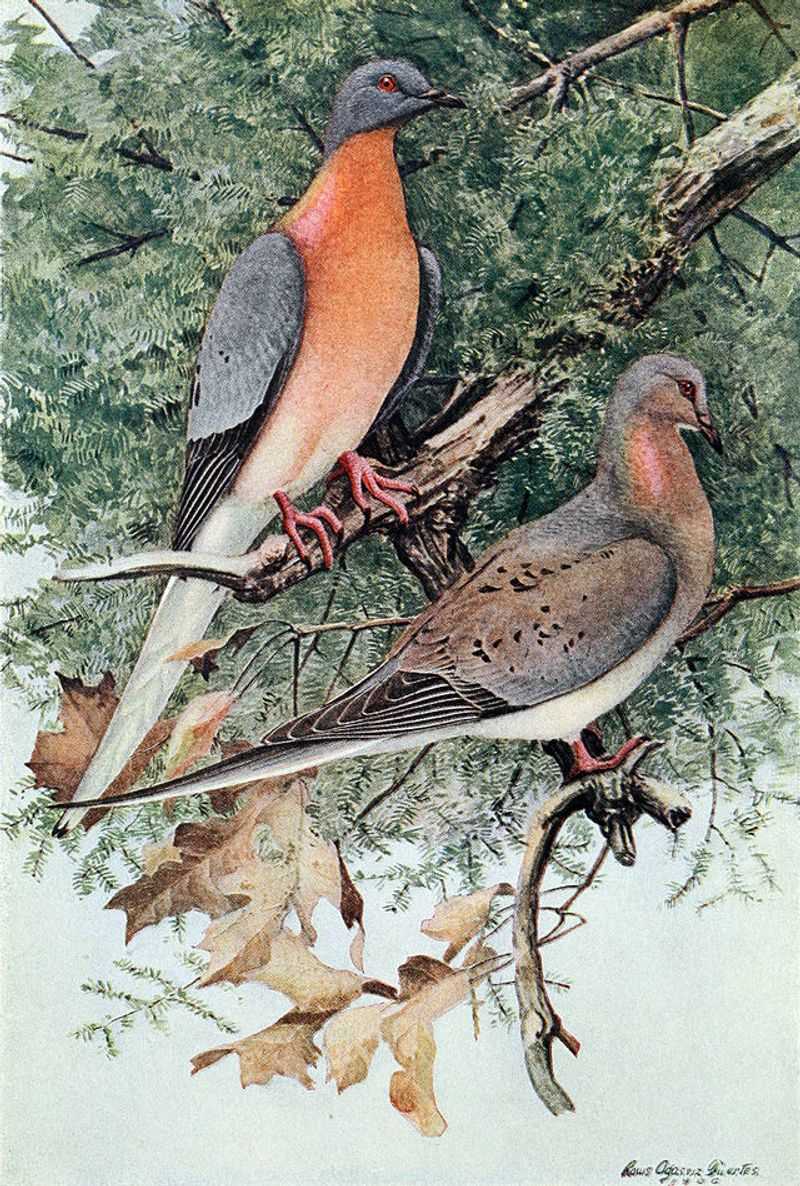
Nineteenth-century Americans couldn’t imagine these birds disappearing. Many prominent scientists dismissed early conservation concerns as absurd. “How could something so plentiful ever be threatened?” they reasoned.
This dangerous assumption prevented meaningful protection efforts until it was too late. By the time people realized the population was truly collapsing, the species had already passed the point of no return.
3. Hunting Was Relentless And Unregulated
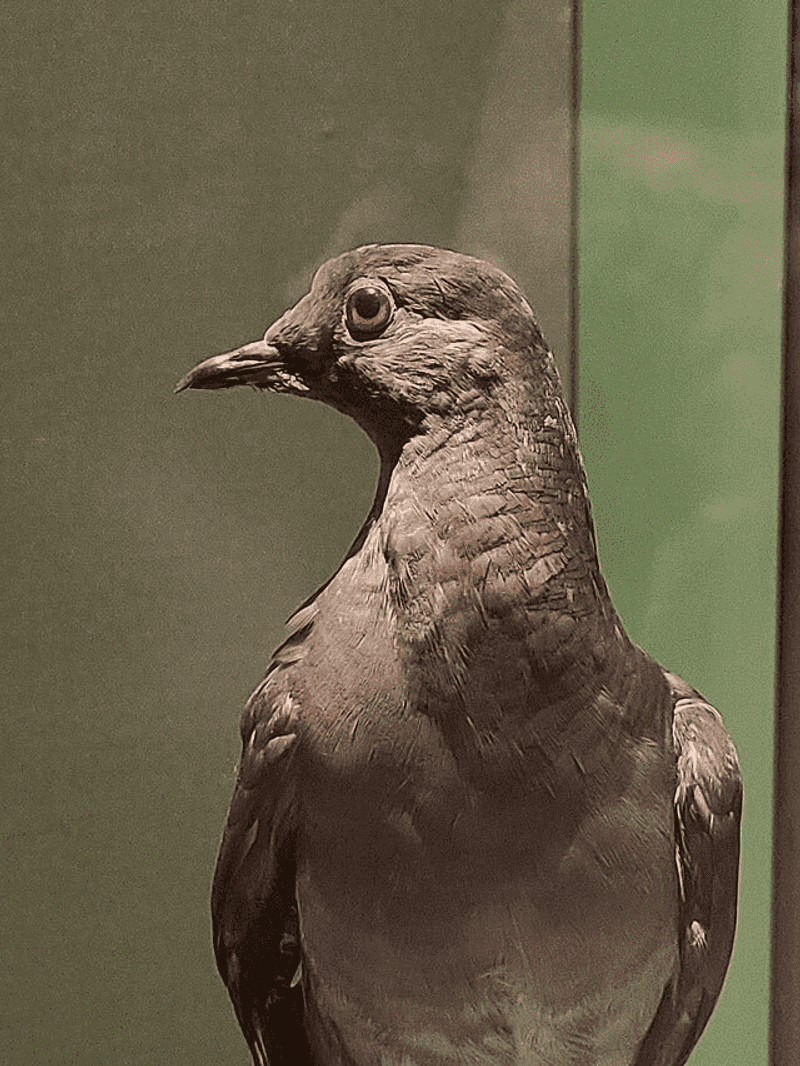
Professional pigeon hunters called “netters” traveled the country pursuing the massive flocks. One hunter could kill thousands of birds in a single day using shotguns, nets, and even burning sulfur to suffocate roosting birds.
Train cars packed with freshly killed pigeons transported the birds to urban markets. The meat sold for mere pennies per dozen, making it cheap food for the growing cities and slaves on plantations.
4. Deforestation Destroyed Their Breeding Grounds
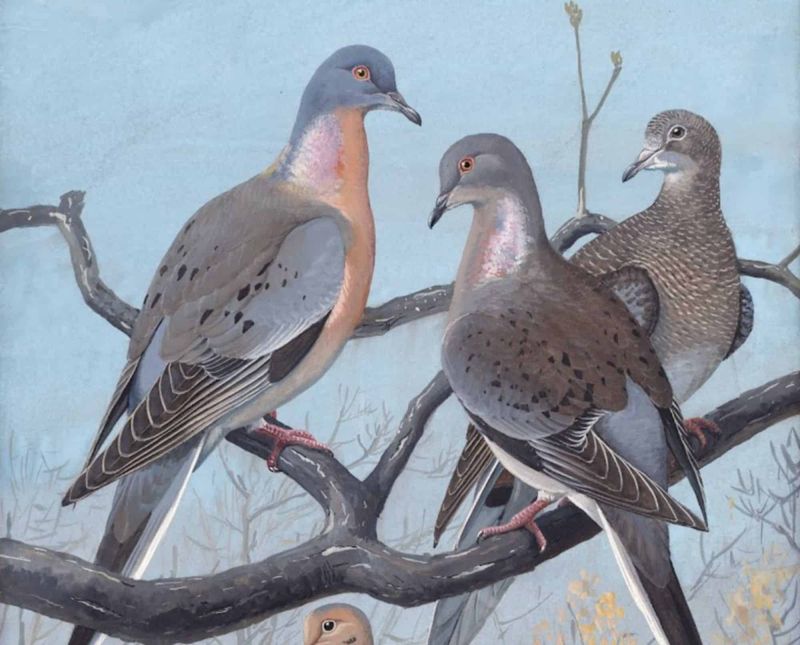
America’s eastern forests were rapidly disappearing as the nation expanded westward. Between 1850 and 1910, over 80 million acres of forest vanished under the axe and saw.
Passenger pigeons required vast hardwood forests to support their colonial nesting habits. They fed primarily on beechnuts, acorns, and chestnuts – all products of mature forests that were rapidly being converted to farmland and settlements.
5. They Relied On Large Flocks To Survive
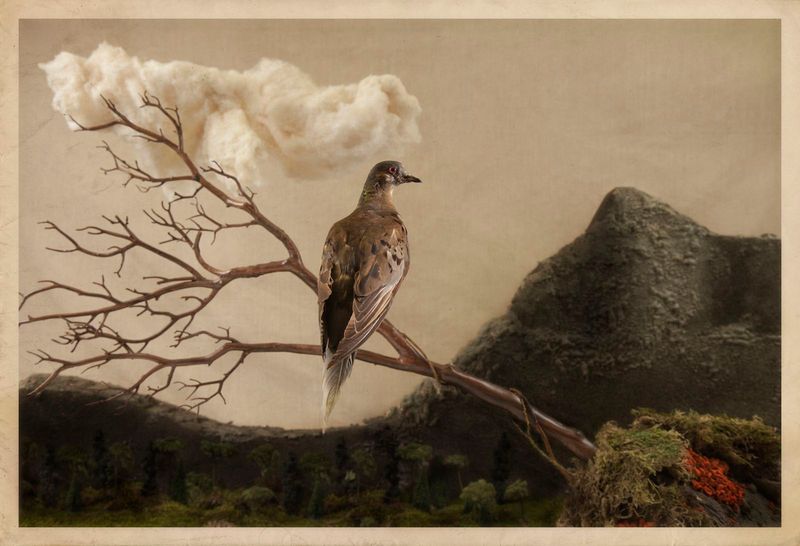
Evolution had shaped passenger pigeons to function as a super-organism. Unlike many birds, they couldn’t breed successfully in small groups – they needed the stimulation and protection of enormous colonies.
Their mating behaviors, predator defense, and even food-finding strategies all depended on massive numbers. When flocks shrank below critical thresholds, the remaining birds often failed to reproduce at all, accelerating their spiral toward extinction.
6. Martha, The Last Of Her Kind, Died In 1914
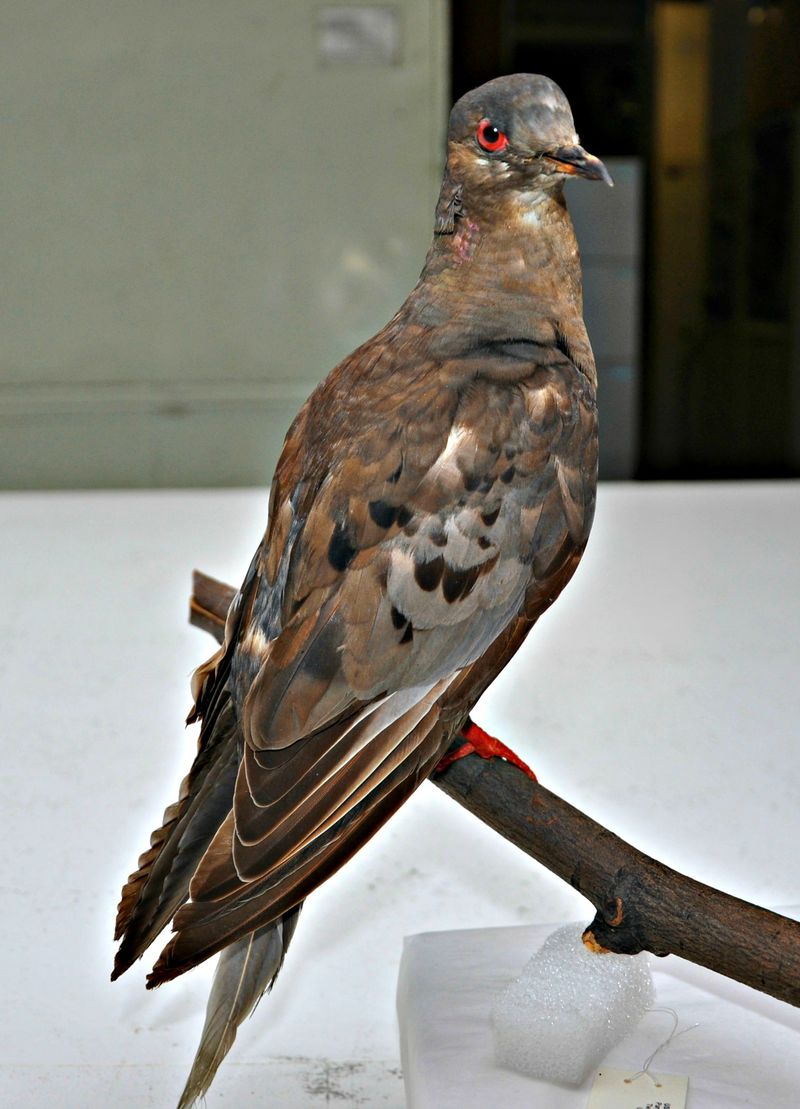
A solitary female named Martha lived her final years in a Cincinnati Zoo cage as a living museum piece. Visitors would throw sand at her to make her move, as she often sat motionless on her perch.
When she died on September 1, 1914, at approximately 29 years old, an entire species vanished forever. Her body was frozen in a block of ice and sent to the Smithsonian, where she remains preserved today.
7. Their Extinction Was A Wake-Up Call For Conservation
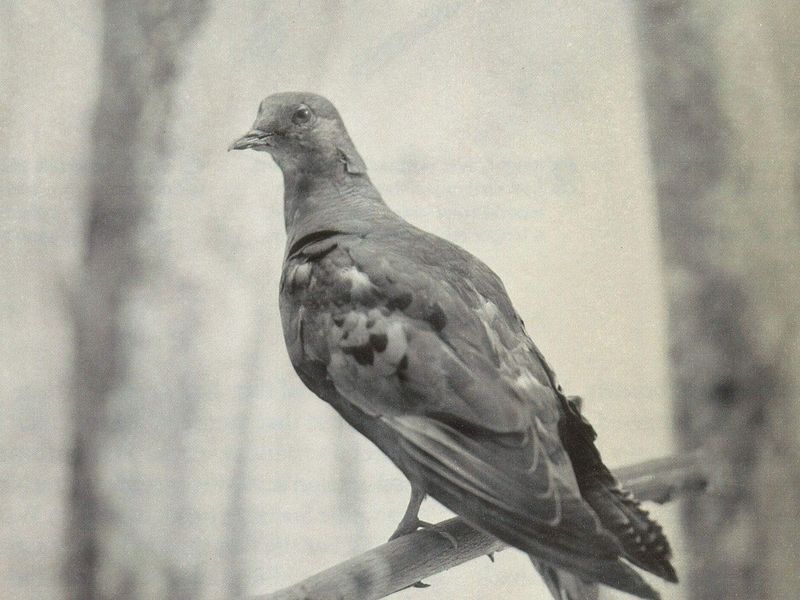
The passenger pigeon’s demise shocked Americans into realizing wildlife wasn’t inexhaustible. Conservation organizations formed in response, pushing for the first meaningful wildlife protection laws.
The Lacey Act of 1900 and the Migratory Bird Treaty Act of 1918 were direct responses to this extinction. These landmark laws established federal authority to protect wildlife across state lines and remain cornerstones of conservation today.
8. Many Species Are Still On The Same Path
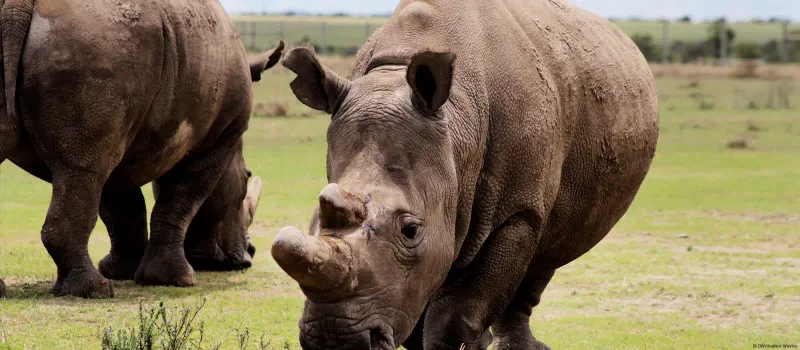
Today’s endangered species list reads like a preview of tomorrow’s extinctions. The vaquita porpoise has fewer than 10 individuals left in the wild. Northern white rhinos are down to just two females.
Monarch butterfly populations have plummeted by over 80% in recent decades. Without immediate intervention, these and countless other species could vanish just as completely as the passenger pigeon, despite all our modern awareness.
9. It Highlighted The Danger Of Human Impact
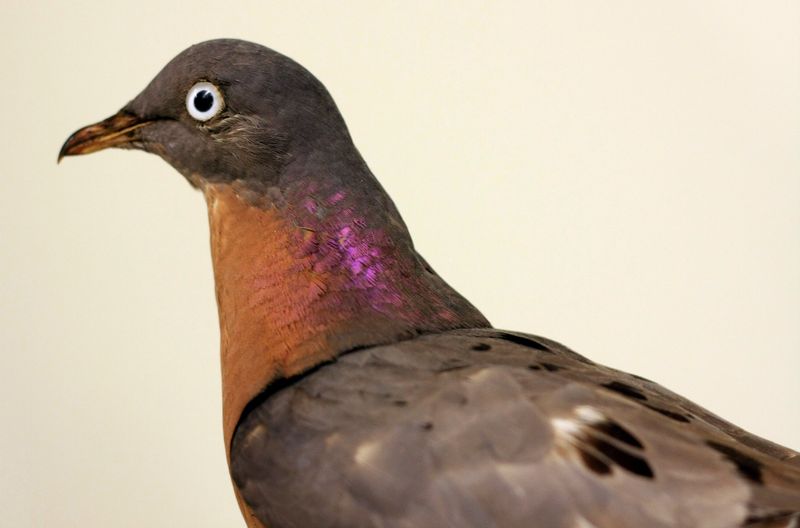
No natural disaster killed the passenger pigeon – we did. Their extinction represents one of the first documented cases of humans directly causing a species to disappear through overhunting and habitat destruction.
Before this, many believed nature was too powerful for humans to permanently damage. The passenger pigeon proved this dangerously wrong, showing our capacity to overwhelm even the most abundant species when our consumption goes unchecked.
10. Climate Change Adds Another Layer Of Risk
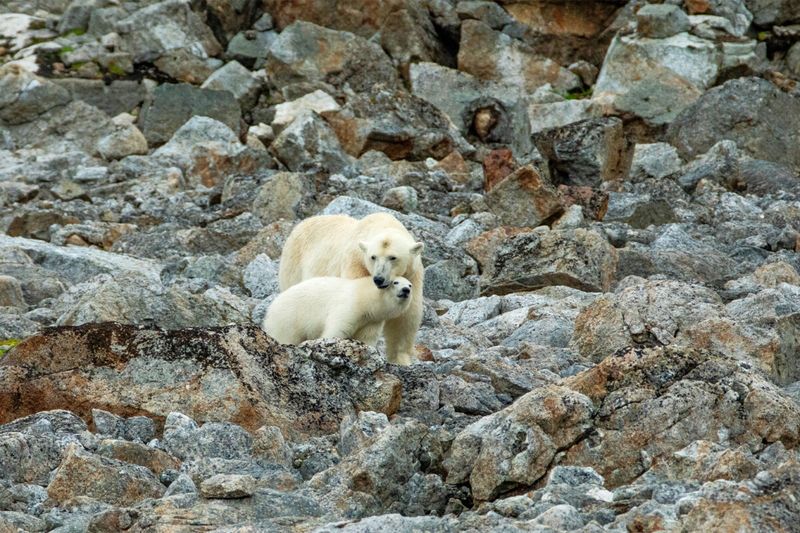
Modern species face threats the passenger pigeon never knew. Rising temperatures are shifting habitable zones faster than many plants and animals can migrate. Extreme weather events destroy crucial habitats overnight.
Ocean acidification threatens entire marine ecosystems. While the passenger pigeon fell to direct exploitation, today’s species face this new threat multiplier that accelerates extinction rates to levels never seen in human history.
11. Protecting Biodiversity Requires Global Effort
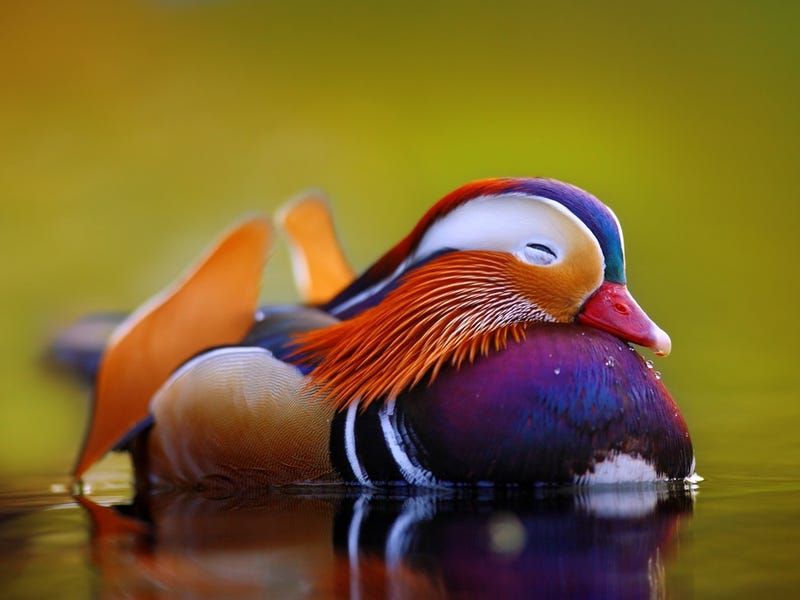
Saving today’s endangered species demands cooperation across borders. Wildlife doesn’t recognize national boundaries, making international treaties and coordinated conservation essential.
Financial commitments must match the scale of the crisis. The current extinction rate is 1,000 times higher than natural background levels. Countries, corporations, and individuals all share responsibility for reversing this trend before more species follow the passenger pigeon’s fate.
12. Their Story Still Inspires Modern Conservation
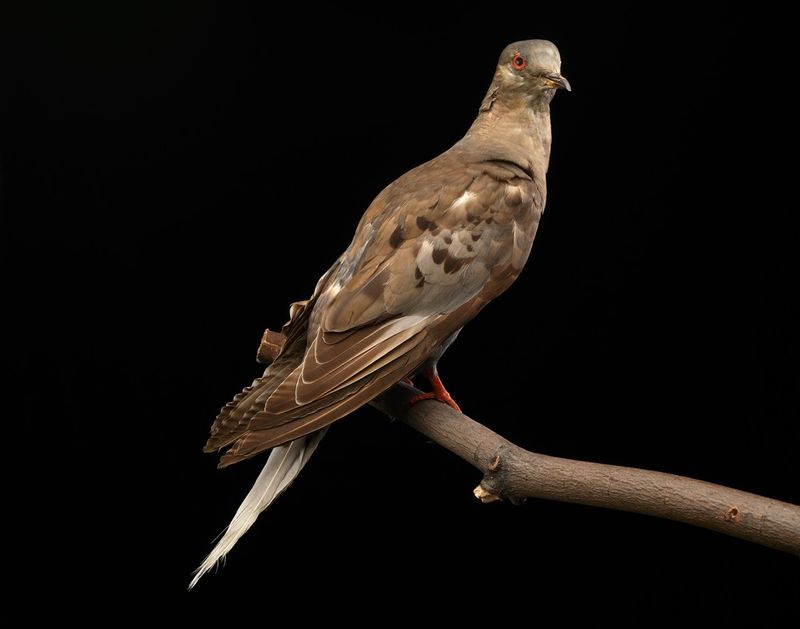
Museum displays featuring Martha and her kind continue to move visitors decades after their extinction. The phrase “gone like the passenger pigeon” has entered our language as a powerful reminder of what we’ve lost.
De-extinction scientists have even explored resurrecting the species through genetic engineering. Though controversial, these efforts show how deeply this bird’s loss continues to resonate, driving innovation and commitment to prevent similar tragedies.

